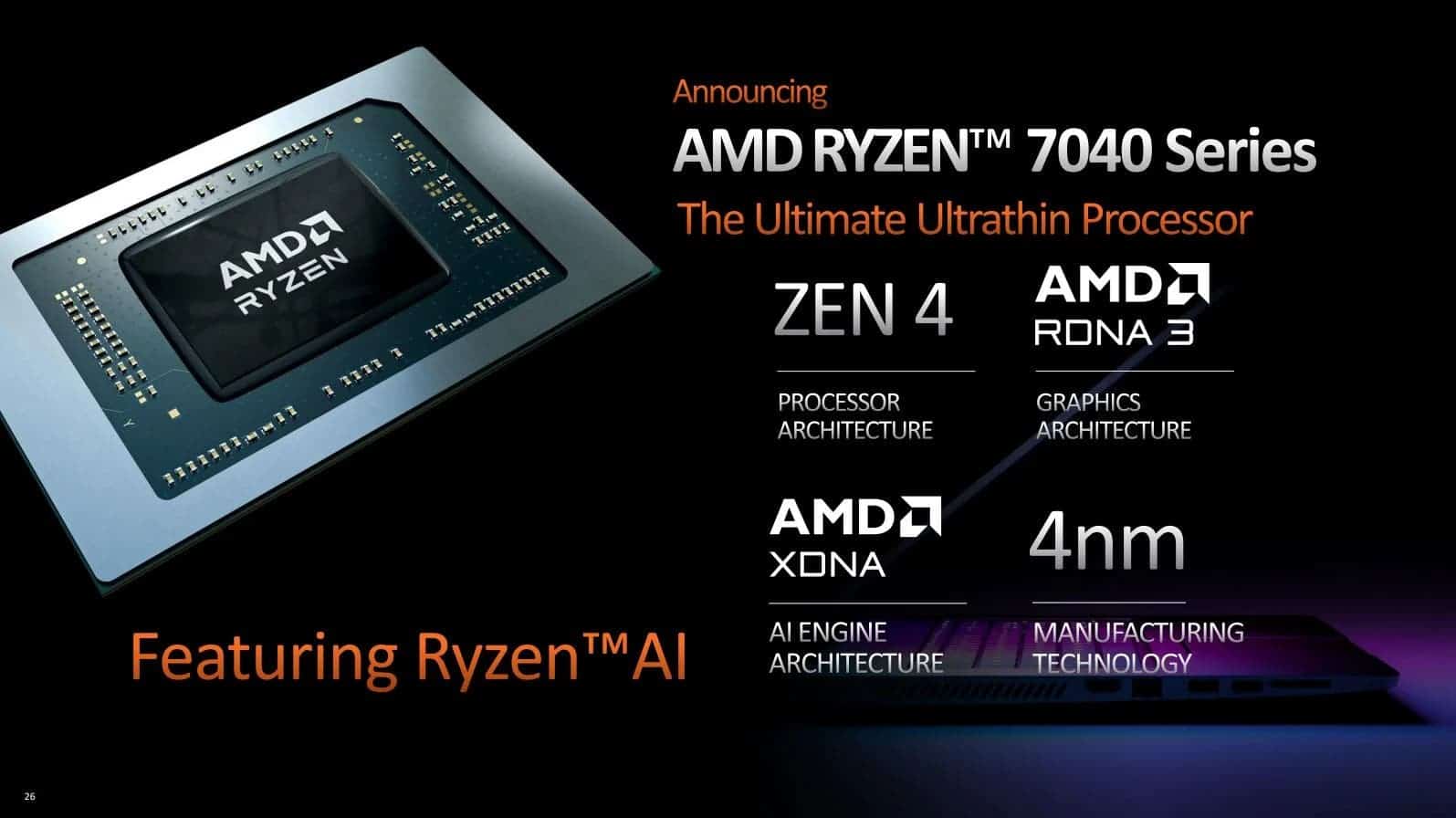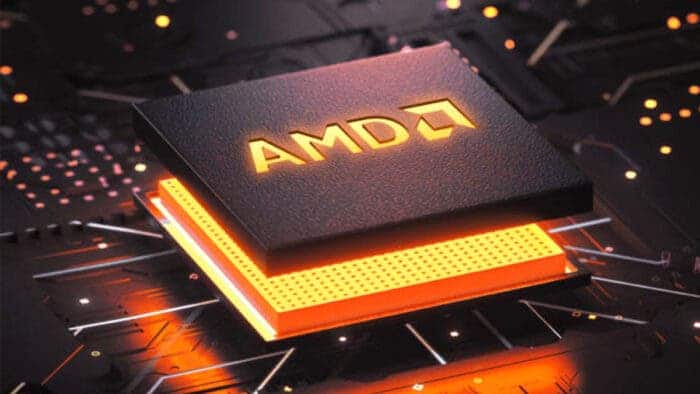The first benchmarks purporting to unveil the graphics performance of a new AMD APU have just surfaced. It is codenamed Phoenix and is branded within the 7040 series. And the chip has a 780M graphics core, which utilizes RNDA graphics tech.
Its performance is about 25% faster than the 680M that is found in the Ryzen 6000 APU. However, that is not even the main highlight of the APU. Instead, the star of the show is that the latest AMD APU appears to be nearly twice as fast as the AMD GPU found in the Steam Deck.
Closer Look at the Benchmark of the New AMD APU
The numbers come from your trusty 3DMark Time Spy benchmark. And according to the post on Bilibili, the 780M GPU of the new AMD APU knocks out around 3,000 points.
In comparison, the 680M of the last generation scored around 2400 points. And the main attraction is that the Steam Deck scores have a score of around 1700 points. So, the new AMD APU is about 2x faster than the portable gaming king.

Let’s put those numbers into a further context. Remember the Nvidia GTX 1060? That GPU hits around 4200 points. And the RTX 2050 mobile comes at around 3200 points. The RTX 3060, on the other hand, has a measly 9000 points, while the RTX 4080 is at 14835 points.
So, the closest GPU to the new AMD 780M would be the RTX 2050 mobile. Still, you can’t forget that we are talking about an APU. Therefore, the most interesting comparison would be between the Steam Deck APU. And in case you didn’t know, that APU was made by AMD too.
AMD 780M Specs
To further understand the hype around the new 780M, you need to get into the nitty-gritty details. So, the new APU comes with 768 RDNA 3-spec shader cores. And there are 32 render outputs. Its maximum clock speed can reach up to 2.9 GHz. What about the TFLOPS performance?
Well, the AMD 780M has a maximum processing performance of 8.9 TFLOPS. The Steam Deck, on the other hand, has 512 RDNA 2-spec shader cores. It has 16 render outputs, while its processing performance is at 3.3 TFLOPS.

There is a bit of a catch on the 8.9 TFLOPS rating of the new AMD APU. It depends on the tricksy doubled-pumped shader architecture of RDNA 3. So, in real-world scenarios, it might not always offer double performance.
Considering that, it would be safe to say that the real raw shader performance of the AMD APU is around 4.5 TFLOPS. And that seems to be pretty much right within the alleyway of what the leaked Time Spy results state.
How Will the AMD APU Actually Compare
You can’t forget the fact that Steam Deck has a fairly low-resolution screen. It is 1280 x 800 pixels. So, in total, it makes up for around 1 million pixels. For that reason, even the modest graphics power is more than enough to make it perform well in games.

On the other hand, the new AMD APU is likely to come in laptops with a 1080p screen. And as you might know, a 1080p screen has two million pixels. Therefore, even if the AMD 780M is twice as fast as the Steam Deck, it will basically offer Steam Deck-level performance in the laptops.
Even so, that kind of performance is not bad by any means. So, overall, AMD is surely going to serve a half-decent gaming performance with the new APU. Still, if gaming is your priority, the 780M should not really be your focus, should it?





